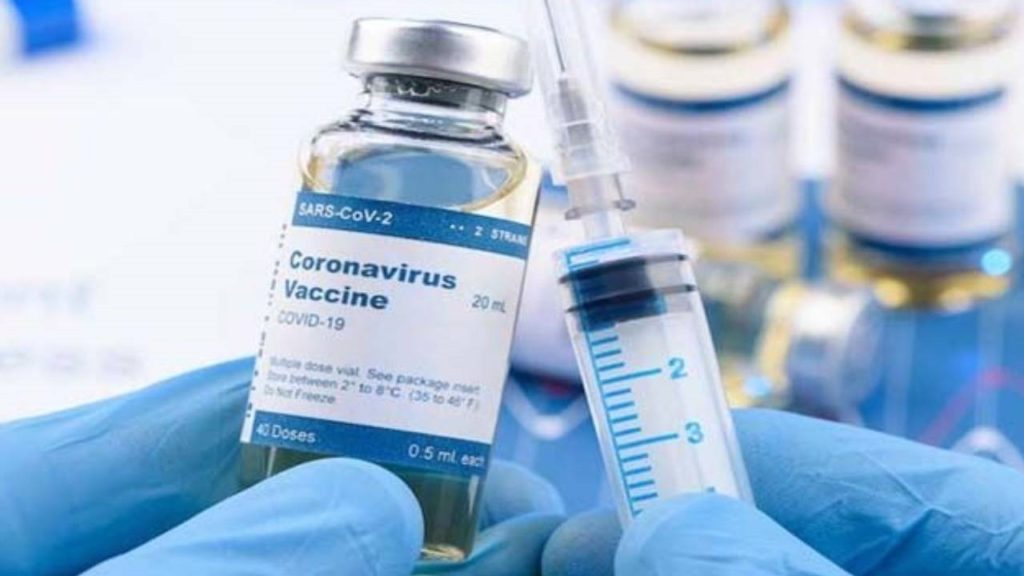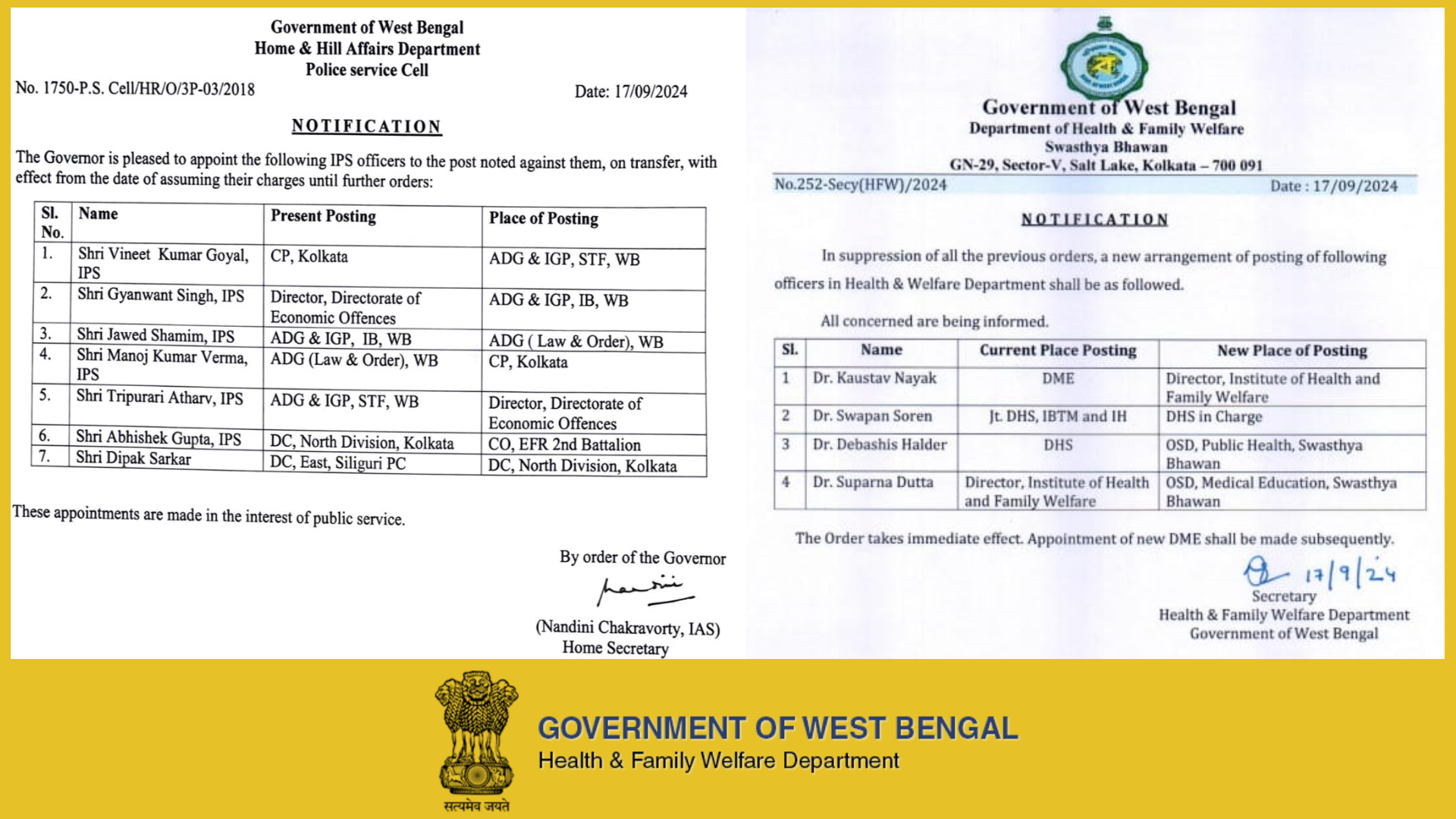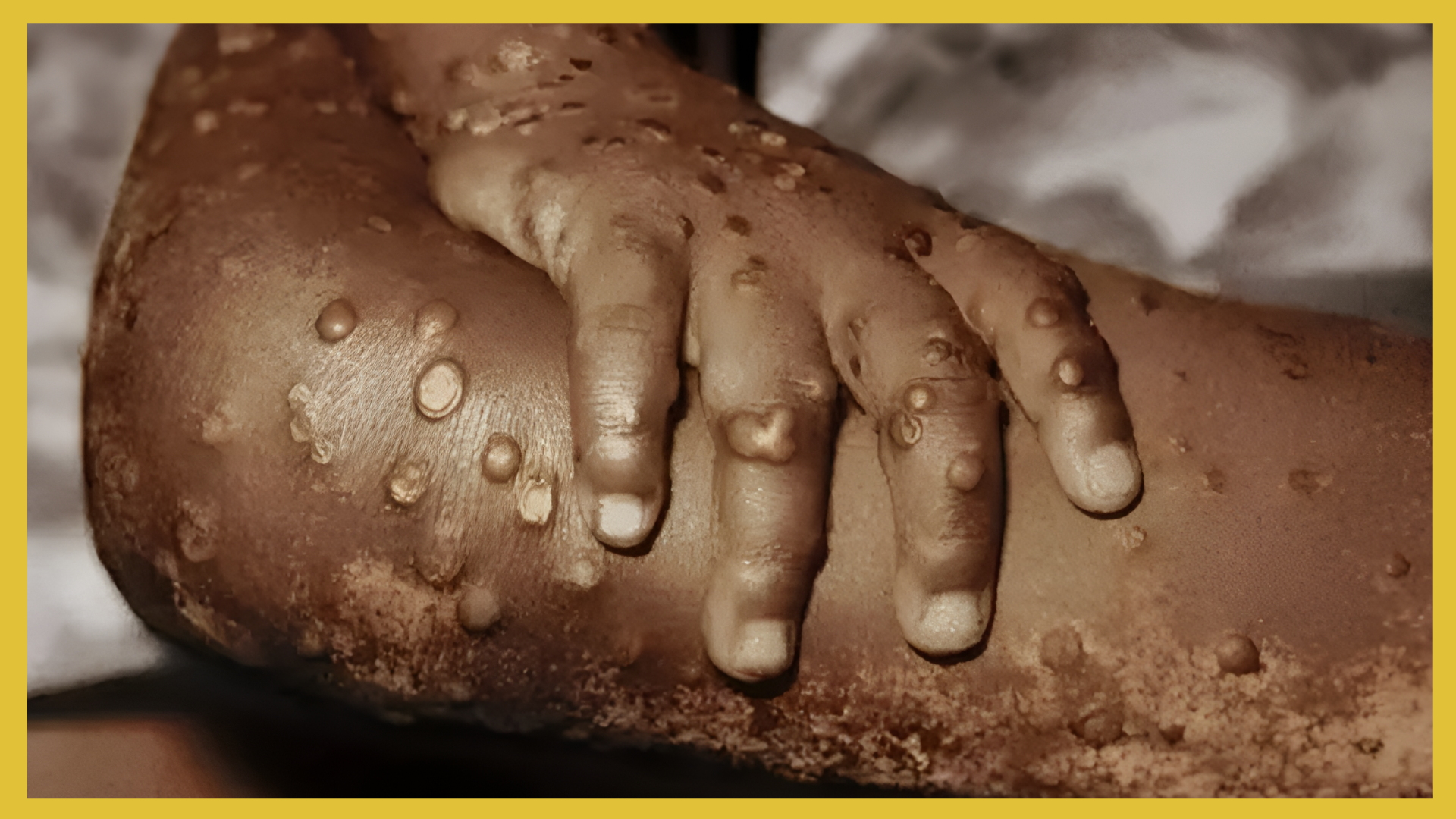COVID-19 vaccination: Wide disparities exist

Despite India having crossed a big milestone in terms of delivering the total number of COVID-19 vaccine doses, wide disparities exist across regions, gender and social groups.
India crossed 107 crore COVID-19 vaccine doses on November 3 (and crossed 108 crore on November 6). A big achievement if one looks at just the number. But hidden behind it are aspects of discrimination—disparities across regions, gender and social groups.
An IndiaSpend analysis found (when the vaccination coverage was between 107 and 108 crore) that while India’s most vaccinated district, Mahe in Puducherry, has given at least one dose of a COVID-19 vaccine to more than its usual resident population (non-residents such as migrant workers), recording a 108 per cent coverage, the least-vaccinated district, Kurung Kumey in Arunachal Pradesh, has covered only 11 per cent.
A majority of the bottom 50 districts in terms of coverage with at least one dose have sizeable tribal populations: 36 (72 per cent) are rural, tribal majority districts and two in three are in the North East.
There are large disparities in coverage in districts like Palghar in Maharashtra and Sonbhadra in Uttar Pradesh, which have tribal-dominated blocks, compared to coverage in urban, non-tribal districts in these states.
Women too are falling behind in vaccination coverage. IndiaSpend’s analysis of 544 districts, which have given one dose to at least 40 per cent of their total population, shows that in nearly half, the vaccination sex ratio is worse than the sex ratio of their population.
Surprisingly, the three worst-performing such districts are in the National Capital Region—Central Delhi, Gurugram and Gautam Buddha Nagar (Noida). Just 62 women received a vaccine dose for every 100 men in these districts.
There are large disparities between states in terms of administering at least one dose of a vaccine. While states like Himachal Pradesh, Sikkim and Goa had given one dose to around 75 per cent of their total population by late-October, states like Nagaland, Meghalaya and Jharkhand had given to less than 40 per cent of theirs (32 per cent, 33 per cent and 39 per cent, respectively.
Of the 700 districts, 329, or 47 per cent, are yet to give even one dose to more than half their total population. The countrywide average is 53 per cent.
Outside the North-East, the worst performers are Uttar Pradesh and Bihar, both having given at least one vaccine dose to only 43 per cent and 42 per cent of their total population, respectively.
The gap between most and least vaccinated districts in most states betrays an urban bias in vaccination coverage. The urban-rural gap across most states is 10 percentage points, with Bengal, Haryana, Uttarakhand, Telangana, Punjab and Jharkhand among the larger states.
In Nagaland, Manipur and Mizoram it is much worse, at 29 per cent, 26 per cent and 9 per cent, respectively.
Larger states with negligible urban-rural gaps are Karnataka, Andhra Pradesh and Rajasthan.
The fourth national sero-survey, conducted in December-January, before India’s second COVID-19 wave devastated rural India (which had been less affected in the first wave), showed the prevalence of antibodies was almost the same in rural (66.7 per cent) and urban areas (69.6 per cent).
Therefore, the government needs to do much more to reach out to people, and also generate awareness about the benefits of vaccination, particularly through community-level messaging, and warn against apathy towards vaccination, now that the daily new COVID-19 cases are at comparatively low levels.







